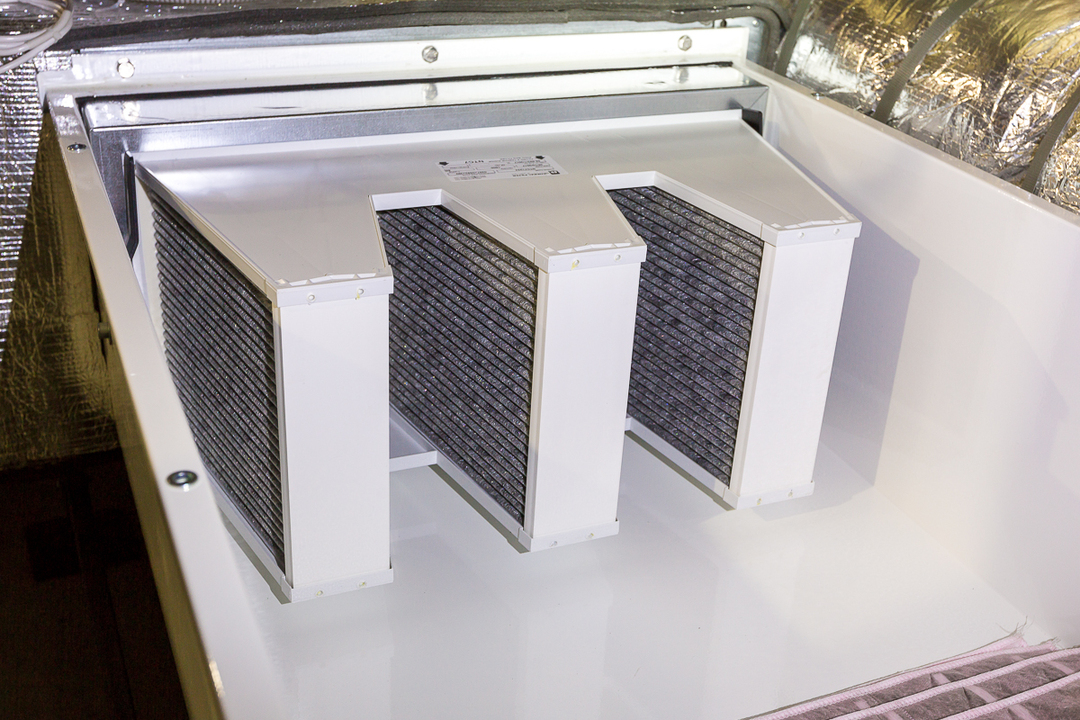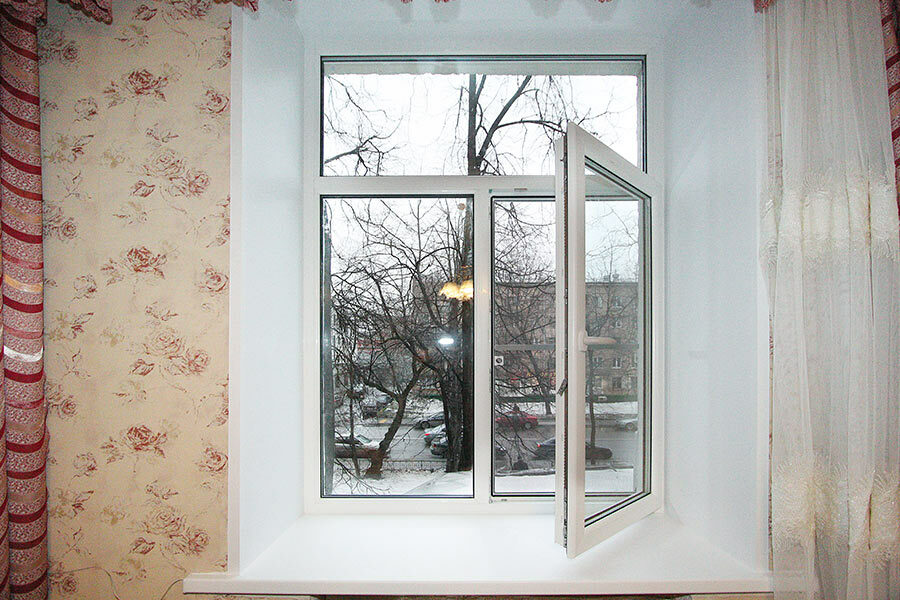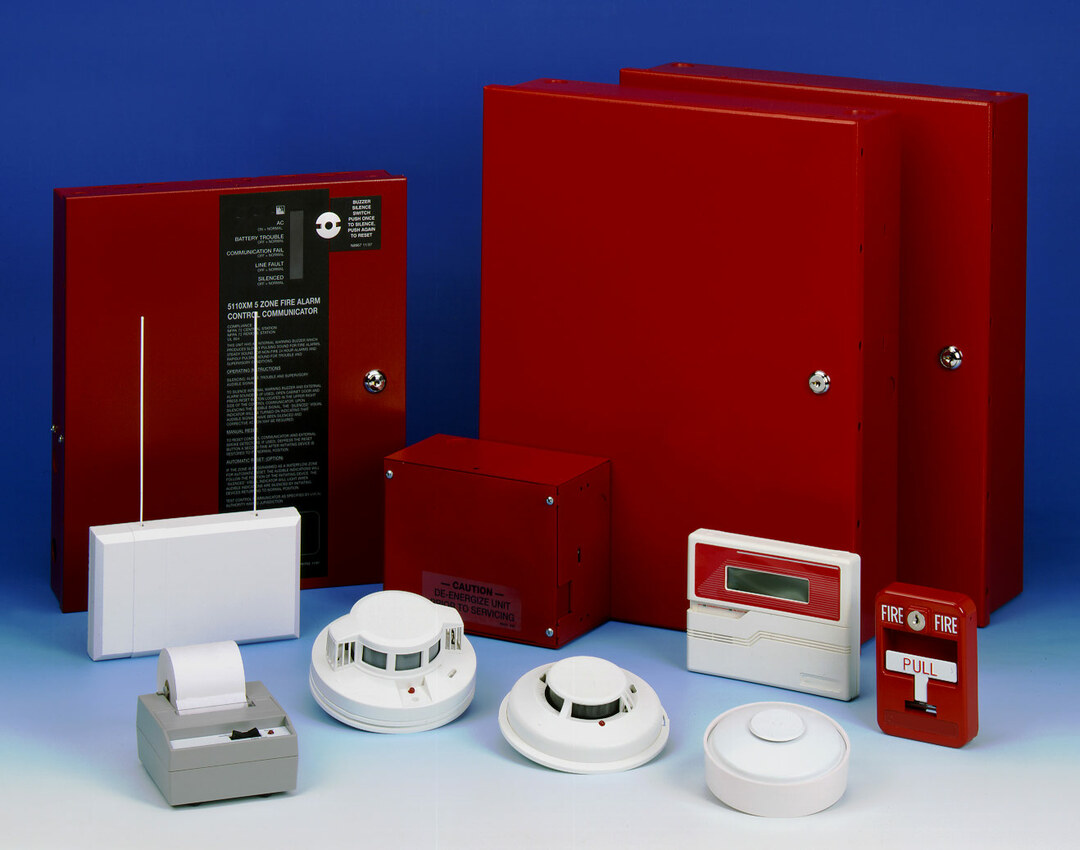Many residents of large cities are faced with the problem of dust that gets into the apartment during ventilation. It settles on the windowsill of an open window, furniture, and causes allergic reactions. The installation of supply ventilation with a filter will help to eliminate the likelihood of it entering the house. It will provide sufficient airflow without having to open windows. And the filter will prevent dust and other small particles from entering the apartment.
But in order for the system to function without interruption, periodic replacement of the filter in the supply ventilation is required. The information below will help you figure out what filters are, how often they need to be changed and how to do it correctly.
The content of the article:
-
Types of filters for ventilation systems
- Type # 1 - mechanical filters
- Type # 2 - oil products
- View # 3 - coal models
- View # 4 - spongy devices
- View # 5 - HEPA filters
- Model Selection Guide
- When do you need to change filters?
- Replacement procedure
- Conclusions and useful video on the topic
Types of filters for ventilation systems
Cleaning the supply air allows you to prevent dust particles, soot, and small debris from entering the residential area. It is relevant in urban conditions, for residents of houses located in industrial zones and next to busy highways.
Even when the owner does not consider it necessary to thoroughly purify the air before supplying it to the apartment, a filter is installed to protect the system itself from the negative effects of the external environment. Its presence will increase the cost of maintenance, but repairing ventilation will cost much more than buying filter elements.

Dust, small debris entering the ventilation system can not only reduce the air quality in the apartment, but also lead to premature wear and tear, damage to expensive equipment
Before proceeding with the replacement of filters in the air handling unit, it is important to understand what they are. The models differ from each other not only in cost, but also in the features of their functioning.
By design, they are:
- Pocket. Filters combine high dust holding capacity with relatively low safety, durability, and resistance. They are resistant to fire, easy to operate, do not create problems with disposal. Their design is reminiscent of pockets fixed to the frame.
- Panel. These filters are often made from polyester fibers. They are used in production, in everyday life. They provide high technical performance, are practical, they do an excellent job with the retention of dust and small particles.
- Filter sleeves - have a high catching ability, easily cope with the retention of solid particles of various sizes and even gases, therefore they are often used in production.
General purpose filters are used to clean the air entering the apartment.

All filters are divided into general or specialized systems. The former are used in everyday life, the latter provide special protection, which is necessary in laboratories, individual industries
The filter elements are divided according to the principle of operation, the degree of purification.
The main groups include the following types:
- mechanical;
- oil;
- coal;
- spongy;
- HEPA filters.
Next, we will consider these varieties in more detail.
Type # 1 - mechanical filters
Mechanical filters are designed to clean the air entering the apartment from sufficiently large particles. It can be dust, insects, animal hair, and other debris, the size of which is 50-10 microns. A feature of large particles is the ability to accelerate the wear of equipment, make expensive fine filtration elements unusable.
Mechanical filters are found in almost every ventilation system. Some of them are subject to recycling after use, but there are more and more models that are easy to clean and reuse.
Type # 2 - oil products
Oil filters are a mesh made of metal, polymer fibers, impregnated with synthetic oils.
This provides a higher degree of air purification, since small particles adhere to oily surfaces, which could slip through the mesh fence.
View # 3 - coal models
Carbon filters are able to clean the air not only from mechanical impurities, but also from harmful vaporous impurities, unpleasant odors.
Such models are used only in tandem with products that provide coarse air purification - grease traps. The lack of additional filtration will lead to the fact that the pores of the coal will quickly become clogged. This will make it ineffective.
The advantage of carbon filters is a high degree of purification, which is combined with the affordable cost of replacement elements.

The charcoal filter outwardly differs little from a conventional mechanical cleaner. Compressed charcoal is packed in polyester fiber cells, which allows it to easily cope with the declared functions without creating discomfort during use
View # 4 - spongy devices
Sponge filters provide air purification using the materials of the same name used in their creation. Polyurethane foam, sponge rubber are pretreated to increase the pore area. They are easy to clean and can therefore be reused. Spongy models remove dust very efficiently, therefore they are used not only in everyday life, but also in medicine.
The disadvantage of such traps is considered to be a narrow specialization, since they do not detain anything except small particles.
View # 5 - HEPA filters
HEPA filters, like coal traps, are always used in tandem with pre-installed coarse cleaning systems. Depending on the design features, they are able to trap the smallest dust particles that carry allergens, pathogenic viruses, and plant pollen. A decrease in allergic attacks, the number of viral diseases is associated with the treatment of the filter surface with special chemical compounds.
The field of application of HEPA filters is very wide. They are used wherever cleaning is required from allergens, spores, dust, and other small air pollution. The catchers are made of special paper, synthetic fibers.

The level of efficiency of HEPA filters depends on the technologies used in its creation, the cleaning class. To ensure good performance, it is worth choosing E and H-class traps. The purchase of a U-class filter will help you achieve ideal air purity
The cost of fine filters is much higher than simple mechanical traps. However, they will help not only to retain dust, but also to reduce the incidence rate, get rid of unpleasant odors coming from the ventilation.
We have provided more information on the types of filters for ventilation in next article.
Model Selection Guide
In order for fresh air to turn into clean air during the intake process, it is important to correctly organize the filtration system.
The main criterion for choosing a trap is the degree of air purification:
- Rough cleaning - will ensure the trapping of particles up to 10 microns in size, which will get rid of dust, protect the ventilation system.
- Fine cleaning will help remove particles up to 1 micron in size, get rid of unpleasant odors.
- Ultra fine cleaning - filtration of this type will help keep the room sterile, remove up to 99% of suspended particles. Dust grains with a size of 0.1 microns will not be able to overcome such an obstacle.
The most effective solution is considered to be a cascade of several catchers.
When creating a system, keep the following points in mind:
- The selected filters can be installed directly into the central ventilation. However, before starting the installation, preparatory repair work will be required.
- Using supply valve it will be difficult to use additional filters. The only thing that the design provides is a small lattice that protects the apartment from debris and insects.
- Individual supply ventilation in the apartment allows you to use those filters that the owners consider necessary.
For urban residents, the filtration system has become an important component of life support.

To correctly select the elements for filtration, to correctly integrate them into the ventilation system, you should use the technical support of professionals
Before buying equipment, it is important to determine the task that it should solve, choose the appropriate level of cleaning, and determine what contaminants it should cope with.
When do you need to change filters?
The frequency with which the filter in the ventilation system should be replaced depends on how well the equipment is selected. Compared to an open window, a valve in the wall, supply ventilation provides more intensive air exchange.
Thanks to the use of filters, less dust gets into the apartment, it becomes possible to exclude penetration of pathogenic bacteria, allergens that enter the dwelling along with spores, pollen of plants.
During operation, the filters become dirty, and the efficiency of their use is sharply reduced. As a result, the static resistance increases, much less air enters the apartment than provided by the standards. This applies not only to individual supply systems, but also to general ventilation equipped with recuperator.
Professionals recommend replacing the filter elements at least every six months. For the city, the frequency of filter replacement is every 3 months, provided that the apartment located in the inner part of the yard, and monthly, when air is drawn from the outside roadway.
To reduce overhead costs and not to replace the fine filters too often, it is recommended to add coarse dust collectors.

Untimely replacement of the filter reduces the quality of the air entering the apartment, and also negatively affects the efficiency of the entire system
Timely replacement of filters allows you to extend the life of the ventilation.
To assess if a replacement dust trap is needed, the following methods should be used:
- Automatic control - the more the filter gets clogged, the more noticeable the pressure difference in different sections of the supply ventilation becomes. When a critical value is reached, a signal is given. The controller panel displays information about the need to replace the filter. It can be displayed as text or a lit indicator light.
- Visual control the user carries out independently. He examines the filter, decides to replace it. Over time, you can draw up a schedule. Experts say that a planned filter change is the best solution compared to installing a new trap after it is completely dirty.
When calculating the timing of filter replacement, it is important to take into account the height of the apartment. The higher the floor, the cleaner the air. Accordingly, the filters will have to be changed less frequently.
When scheduling it is worth considering the season. Snow is considered a natural filter that attracts dust, so the filters become less dirty in cold weather.

The efficiency of dust collection depends on the quality of the filter material. The larger its volume, the more harmful particles it is able to retain. If the schedule for replacing, cleaning the filter is not followed, the efficiency of its work is sharply reduced
In addition to the dust raised by the wind, it is important to consider the presence of flowering trees in the summer. For example, poplars, whose fluff can quickly clog the filter. As well as other plants, the pollen of which causes allergies.
Replacement procedure
Regardless of the type of filter element, it is important to update and clean the dust collectors in a timely manner. An experienced technician will be able to determine the degree of contamination, so users should strictly adhere to the recommended schedule for replacing elements.
The procedure for replacing the cleaner consists of the following steps:
- dismantling of an old product;
- air duct cleaning;
- installation of a new filter;
- fixing seals, gaskets.
A simple operation will allow you to enjoy clean, fresh air at all times.
Conclusions and useful video on the topic
Summing up, it is worth noting that the process of replacing the filter is quite simple. It is easy to study the procedure in detail by watching the proposed video.
To ensure the supply of quality air to the apartment, it is important to correctly organize the filtration system. The optimal solution is considered to be a combination of products intended for coarse and fine cleaning. To ensure their efficient operation, it is important to maintain the ventilation system in a timely manner, periodically replace or clean the filter elements..
What kind of air filters do you use? Share with other visitors to our site your experience of using filter elements, tell us about the pros and cons identified during the operation of this or that type of filter. Ask questions, participate in discussions - the feedback form is located below.


